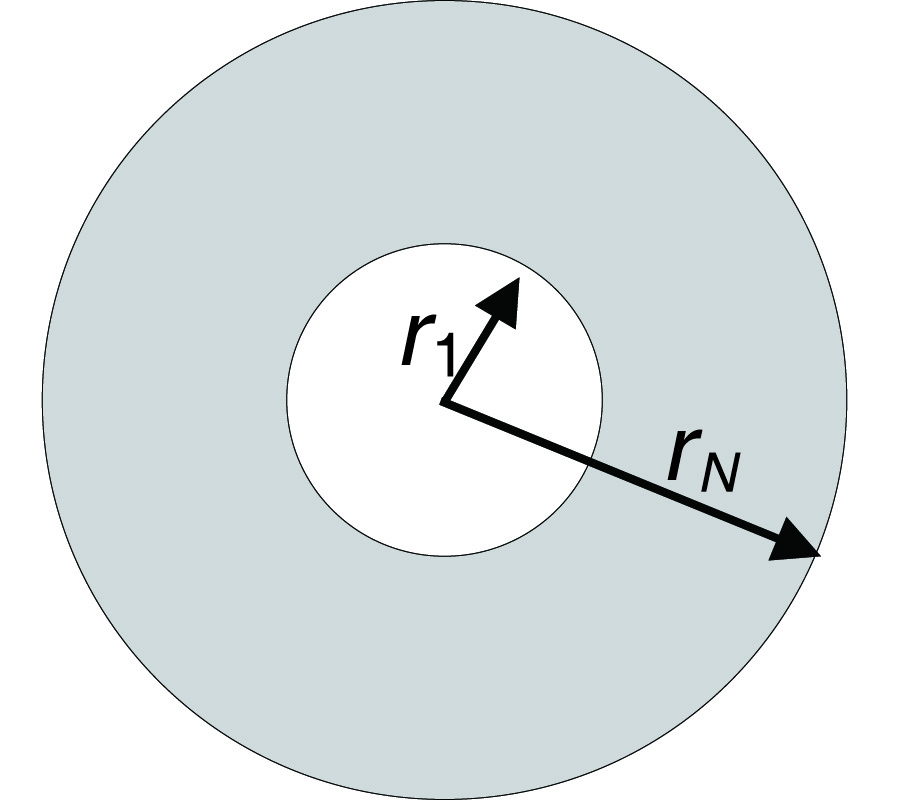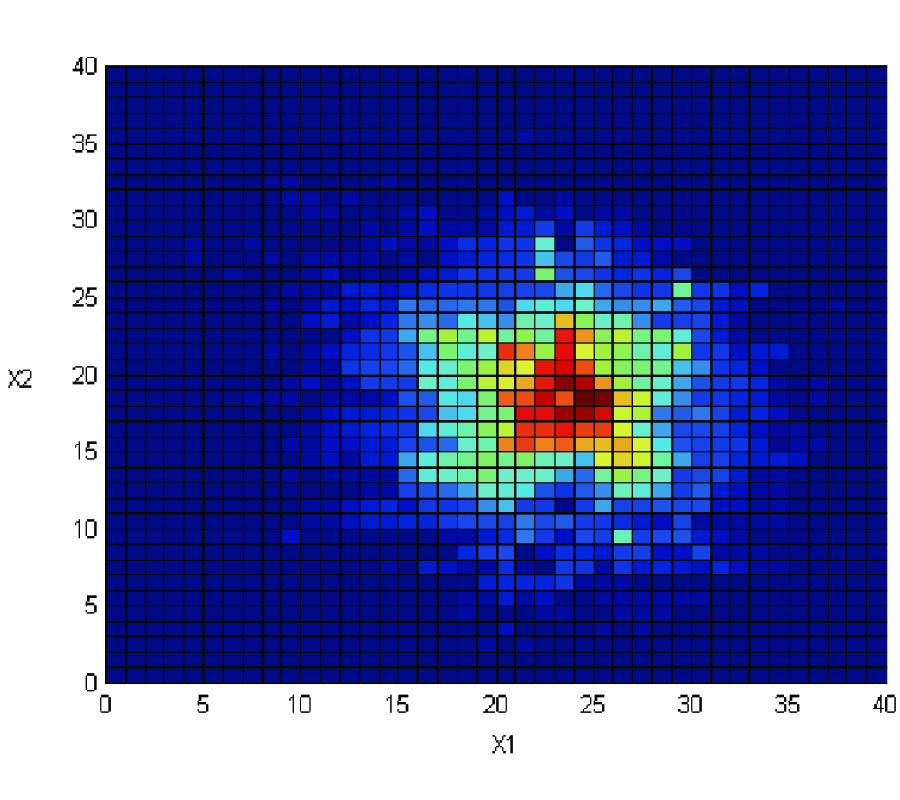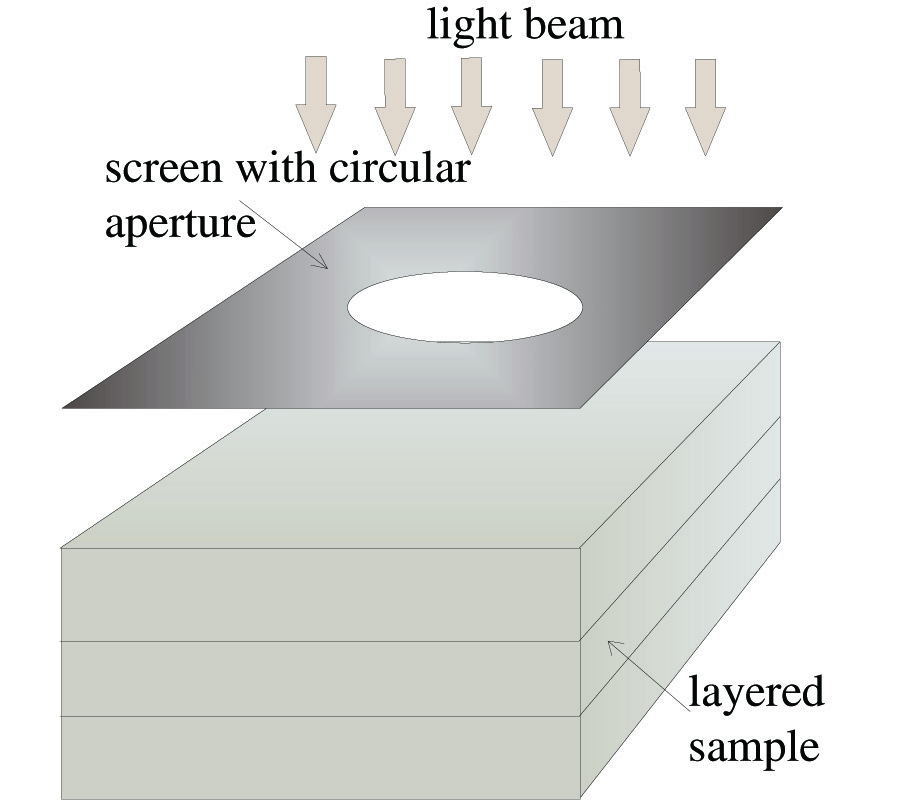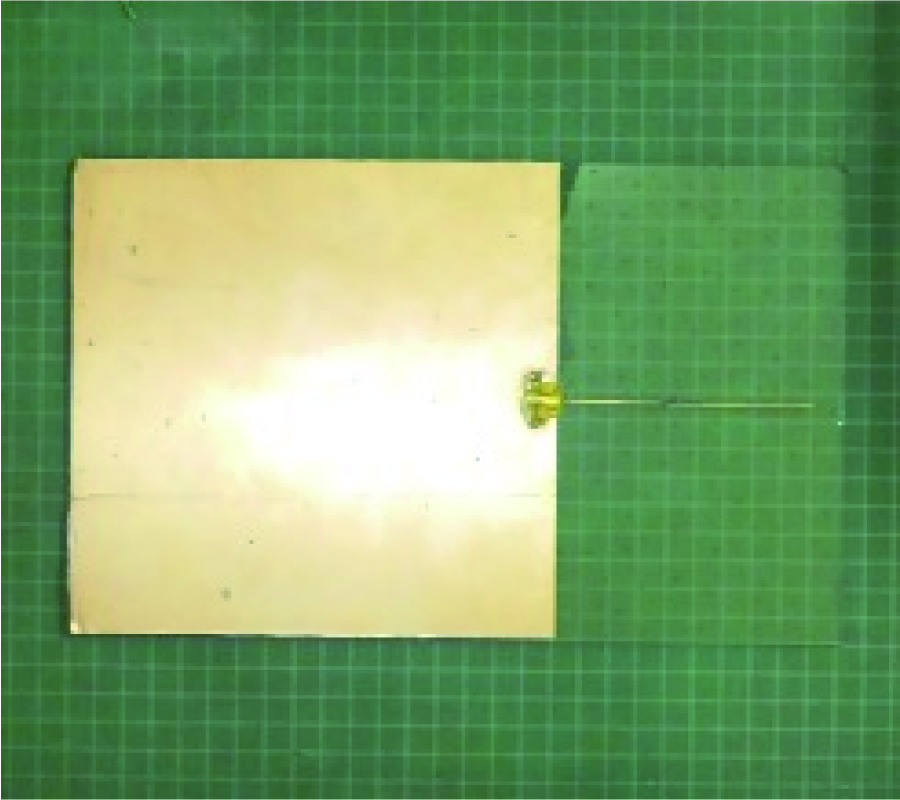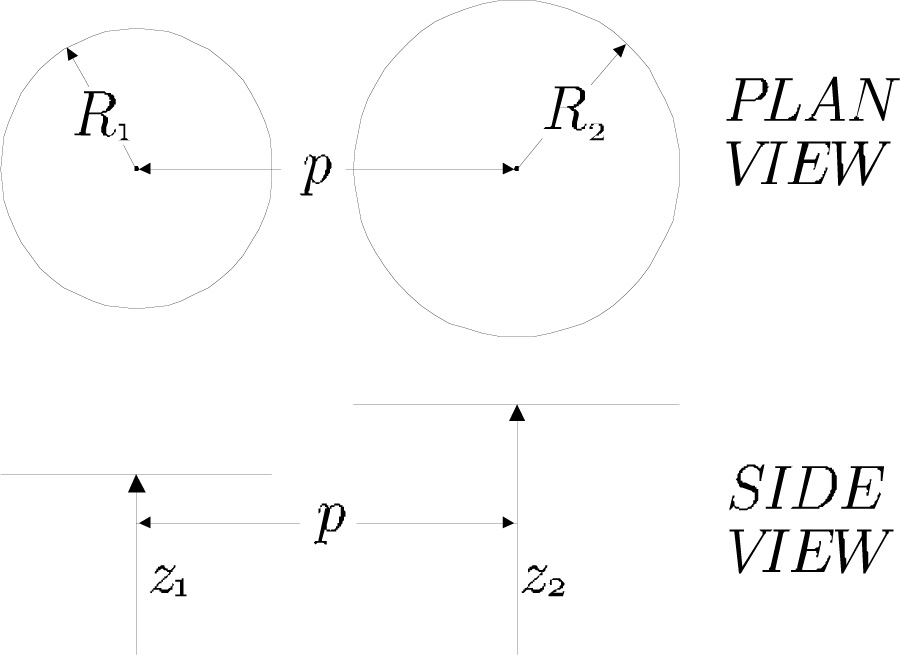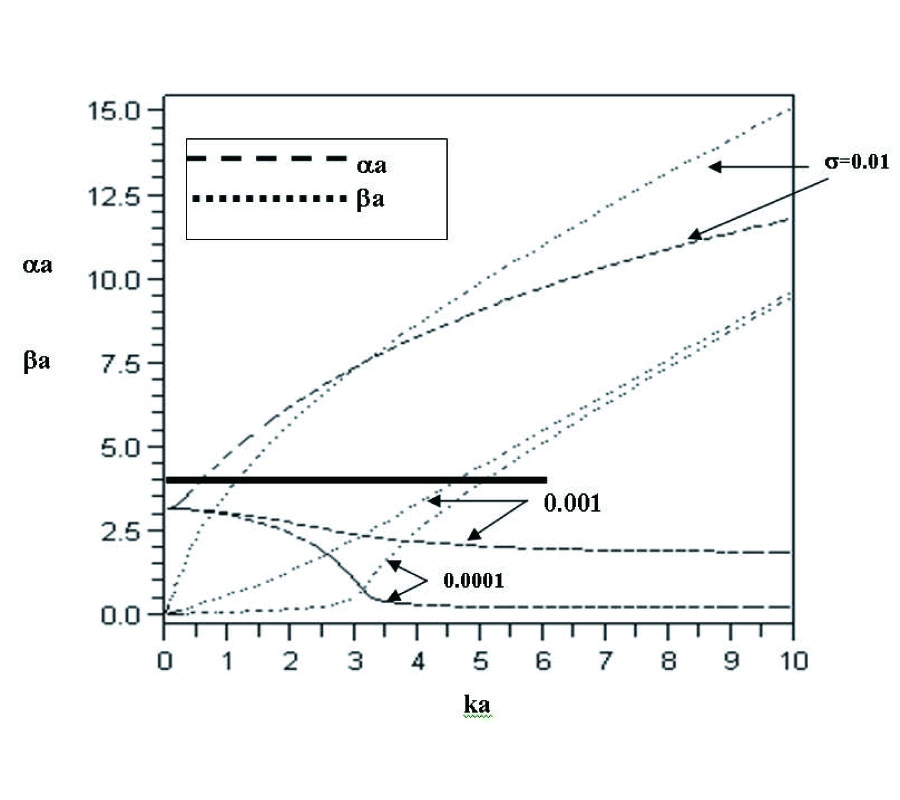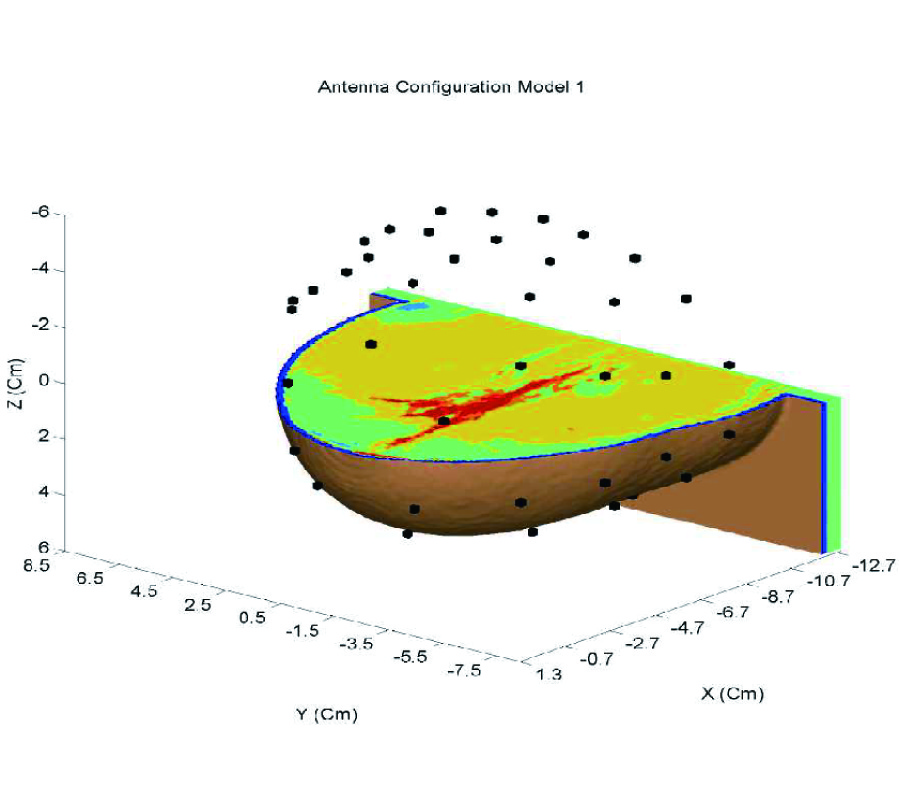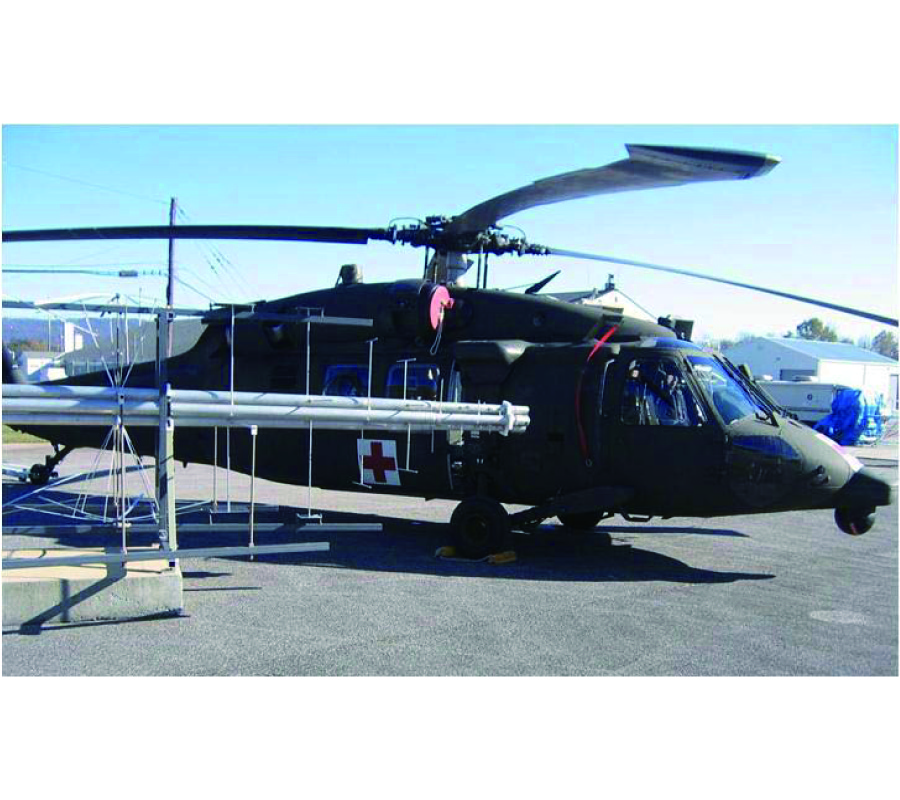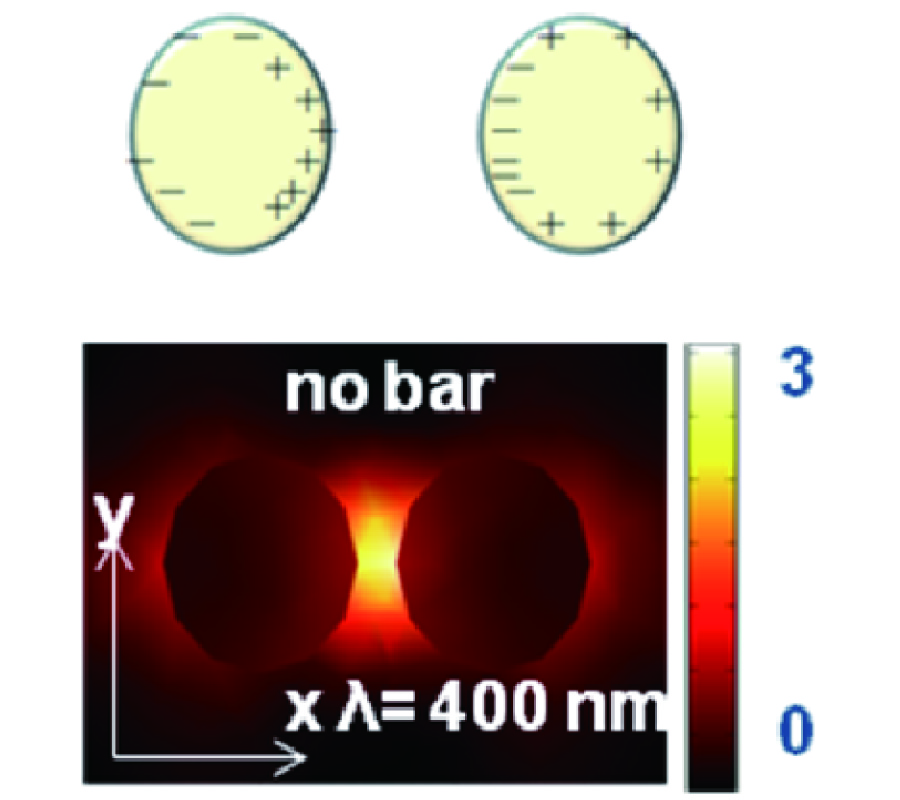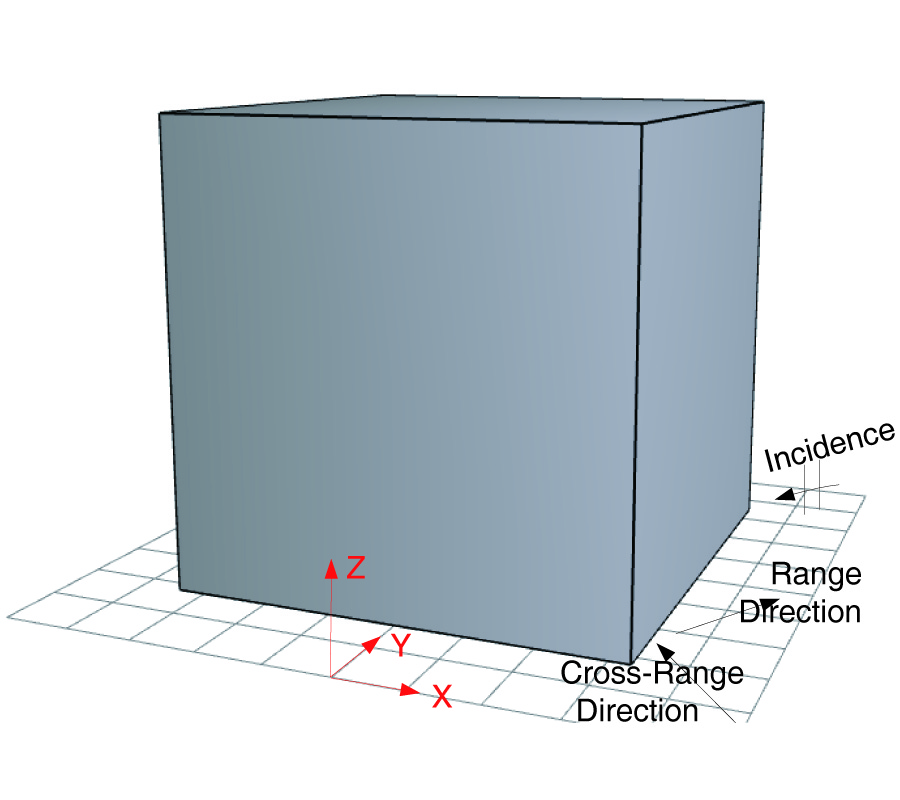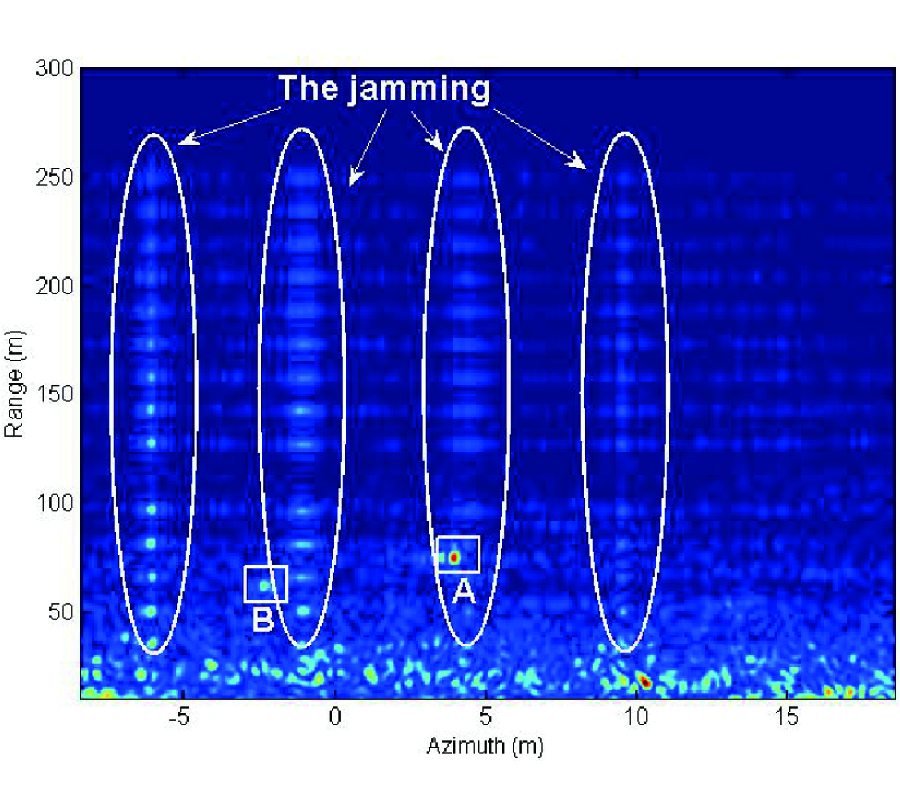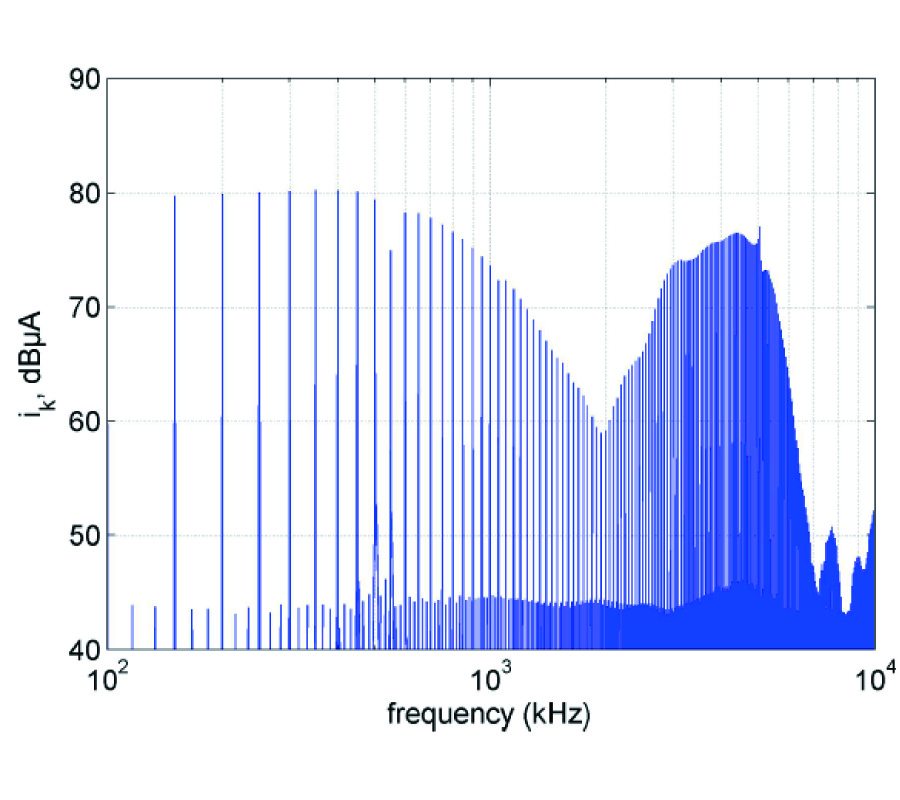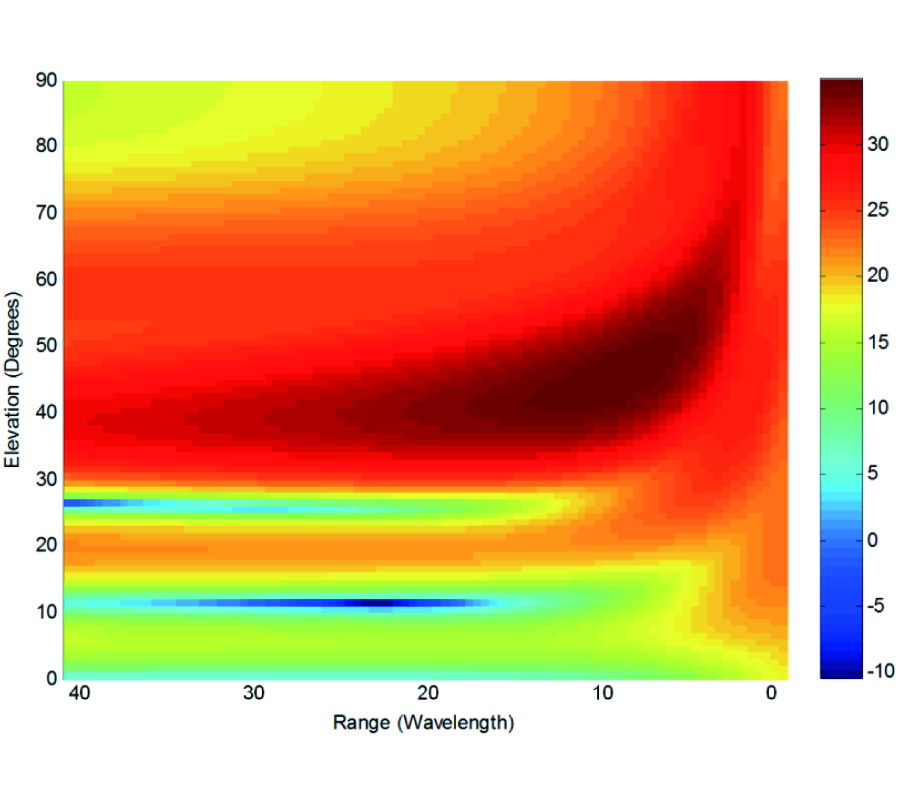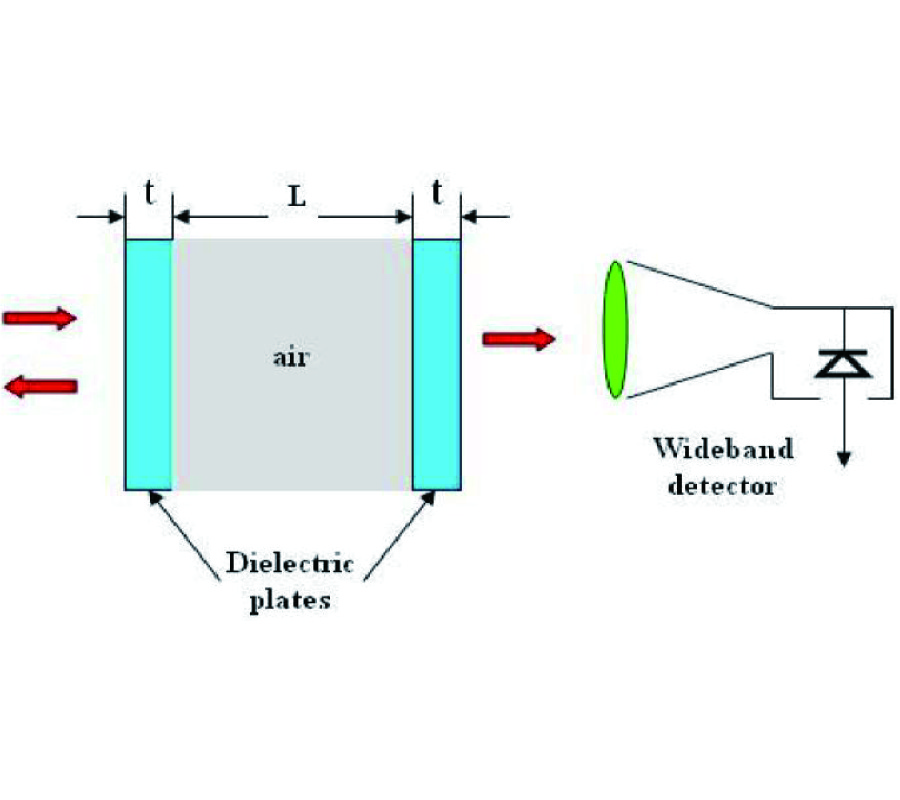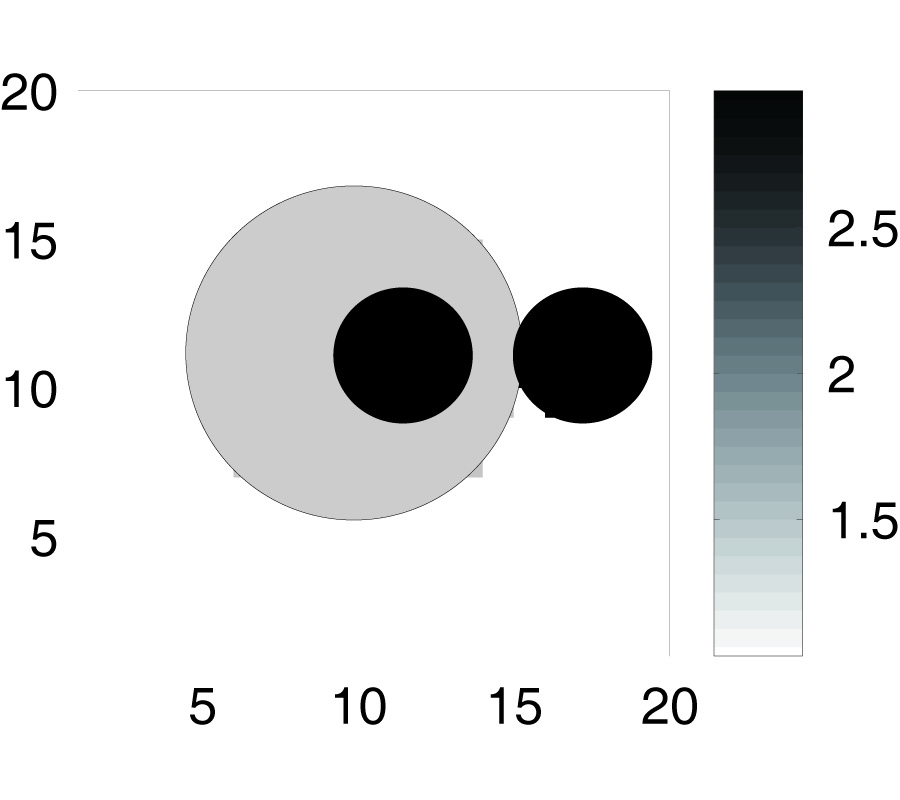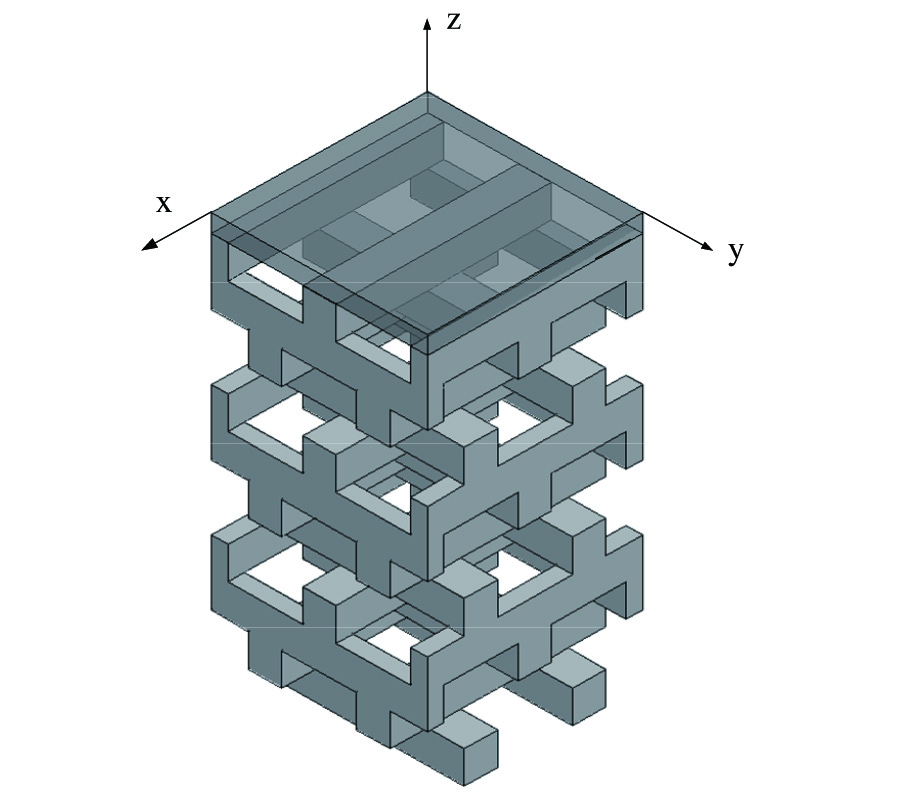The Class of Electromagnetic P-Media and Its Generalization
Ismo Veikko Lindell,
Luzi Bergamin and
Alberto Favaro
Applying four-dimensional differential-form formalism, a novel class of electromagnetic media, labeled as that of P-media, is introduced in terms of a simple rule. It is shown that it is not possible to define the medium by expressing D and B in terms of E and H, whilst using 3D Gibbsian vectors and dyadics. Moreover, the basic properties of P-media are shown to be complementary to those of the previously known Q-media, which are defined in a somewhat similar manner. It is demonstrated that, for plane waves in a P-medium, there is no restriction to the wave one-form (corresponding to the k-vector). Importantly, the uniaxial P-medium half space also leads to another realization of the recently studied DB boundary conditions. Finally, a generalization of the class of P-media is brie y discussed. It is shown that the dispersion equation of a plane wave in the generalized Pmedium is decomposed into two conditions, each of which corresponds to a certain polarization condition. This occurrence resembles the behaviour of the generalized Q-medium.
